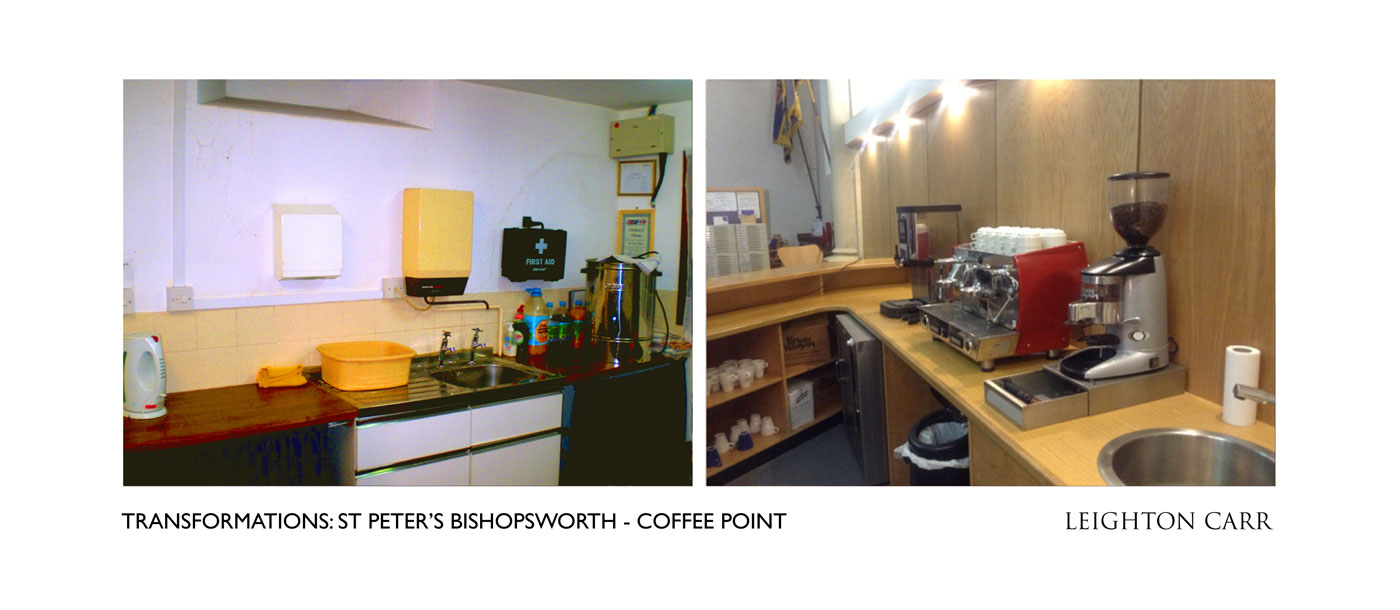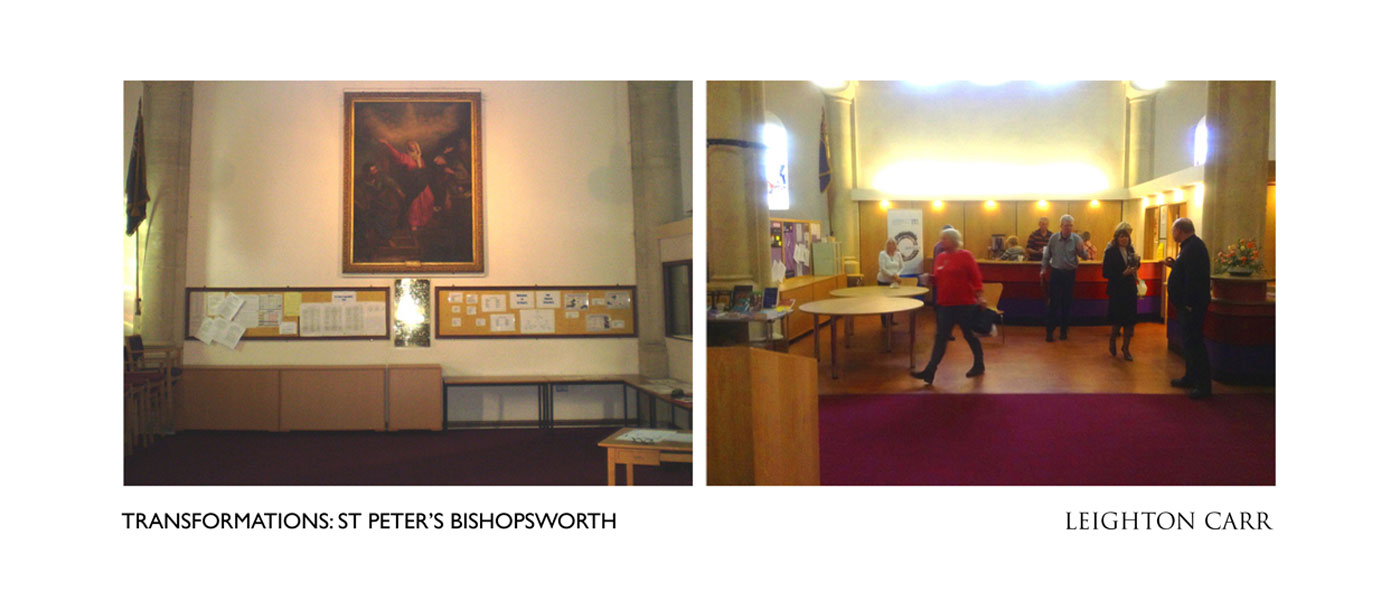The Harvard Business Review audio library is a great resource and one I use regularly. Over the years it has been an invaluable source of ideas on organisations and personal development (explore at http://hbr.org/multimedia).
\n
But I was puzzled by the title of an interview given by Ken Favaro called ‘Creating an Organic Growth Machine’ (listen here – it’s worth it).
\n
The material was fine, and led me to rethink the way we could approach the funding of Pioneer Ministry in the Church of England (see the posts starting with Problems with Pioneers – Revex v Capex Funding). It was the oxymoron embedded in the title that caught my attention.
\n
Organic. Growth. Machine.
\n
Machines don’t grow organically. At least not the ones I’ve dealt with.
\n
For example, I analysed the shop floor layouts of the production lines at Transtec PLC in Coventry to see how we could reorganise the machines that produce aluminium engine parts for Jaguar cars. And another time I examined the machines that produce aluminium extrusions in a factory in Holland to ensure we could achieve the shapes and finishes we needed on a glazing contract.
\n
Obviously there was no possibility that these machines could exhibit any signs of organic growth.
\n
I knew what Ken Favaro was getting at. It was the idea that in some way we can combine two ideas into one image to give us a model for organisational development: combining the idea of a well ordered, machined process with the idea of organic growth in the natural world.
\n
The problem when we combine these two images is when we ‘drill down’ (there’s an irony, using an image borrowed from the oil and gas industry) into the metaphor. For example, we treat machines in a very different way from nature.
\n
\n
- We tweak machines; we prune plants.
\n
- We maintain machines; we nurture plants.
\n
- We plan for obsolescence in machines; we allow for re-generation in plants.
\n
- We drive machines for maximum consistent production: we tend plants for seasonal fruitfulness.
\n
\n
There’s a “So what?” about all this? Does it matter? It’s just an idea.
\n
Well, I think it does. The images we overlay on our organisations can set the language, the pace, the values, the expectations, and the measures of success. Care is needed when handling powerful images, and it takes a high level of leadership skill to shape metaphors and images into a strong coherent narrative that doesn’t disenfranchise the true resource of the organisation – the people around whom it is built and sustained.
\n

